In-stock products will arrive in 1 to 2 business days
Key Features
✓ Endotoxin Level: Determined by LAL method
✓ Purity: Determined by SDS-PAGE and quantitative densitometry by Coomassie® Blue staining
✓ Biological Activity: Yes
✓ Expression System: E. coli
Need Help Ordering?
Product Details
Storage & Preparation
Data Images
Background
Product Documents
Product Details
| Biological Activity | Determined by in-house activity assay |
| Purity | Determined by SDS-PAGE and quantitative densitometry by Coomassie® Blue staining |
| Endotoxin | Determined by LAL method |
| Expression System | E. coli. |
| Accession Number | O14944 |
| Sequence | Val60-Leu108, with an N-terminal Met MVAQVSITKC SSDMNGYCLH GQCIYLVDMS QNYCRCEVGY TGVRCEHFFL |
| Molecular Weight | 5.7 kDa (predicted) |
| Formulation | Lyophilized from sterile PBS with Trehalose, pH 7.4 |
Storage & Preparation
| Shipping | Shipped at ambient temperature. |
| Stability & Storage |
|
| Reconstitution | Reconstitute at 100 ug/mL in sterile PBS. |
Data Images
Background
| Alternative Names | EREG, Proepiregulin |
| Function | Epiregulin is a widely expressed growth factor involved in cell growth, proliferation, differentiation, and tissue repair. Epiregulin is expressed by peripheral blood macrophages and normal keratinocytes in response to tissue damage which promotes inflammation, angiogenesis and fibroblast-mediated wound healing. Epiregulin is also produced in the placenta, uterus and during ovarian follicle formation. Epiregulin promotes the proliferation of smooth muscle cells and hepatocytes. Signaling by Epiregulin occurs with the binding of EGFR (ErbB1) or ErbB4. |
| Tissue Specificity | Epiregulin expression has been identified in skin, gastrointestinal tract, respiratory tract, ovaries, uterus, placenta, liver, brain, kidney, pancreas, and adipose tissues. |
| Cellular Localization | Membrane-bound and cleaved soluble protein forms |
| Involvement in Disease | Dysregulation of Epiregulin is associated with atherosclerosis, cardiac hypertrophy, polycystic ovary syndrome (PCOS), psoriasis, atopic dermatitis, inflammatory bowel disease (IBD), rheumatoid arthritis, and various cancers (breast cancer, colorectal cancer, lung cancer, ovarian cancer) due to tumor growth and metastasis. |
| UniProt | O14944 |
| Gene Symbol | EREG |
| Entrez Gene ID | 2069 |
Product Documents
You may also be interested in related products:
Reviews (no reviews yet)
Only logged in customers who have purchased this product may leave a review.
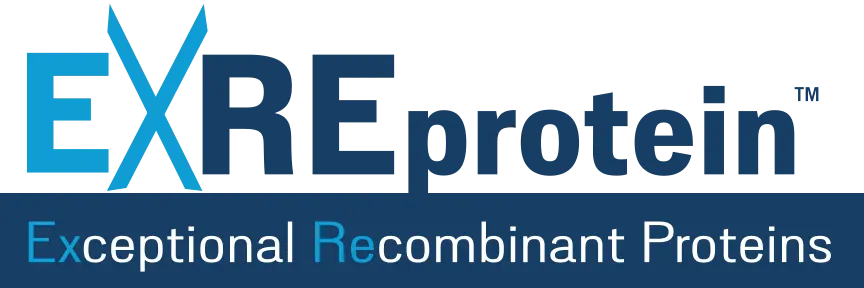


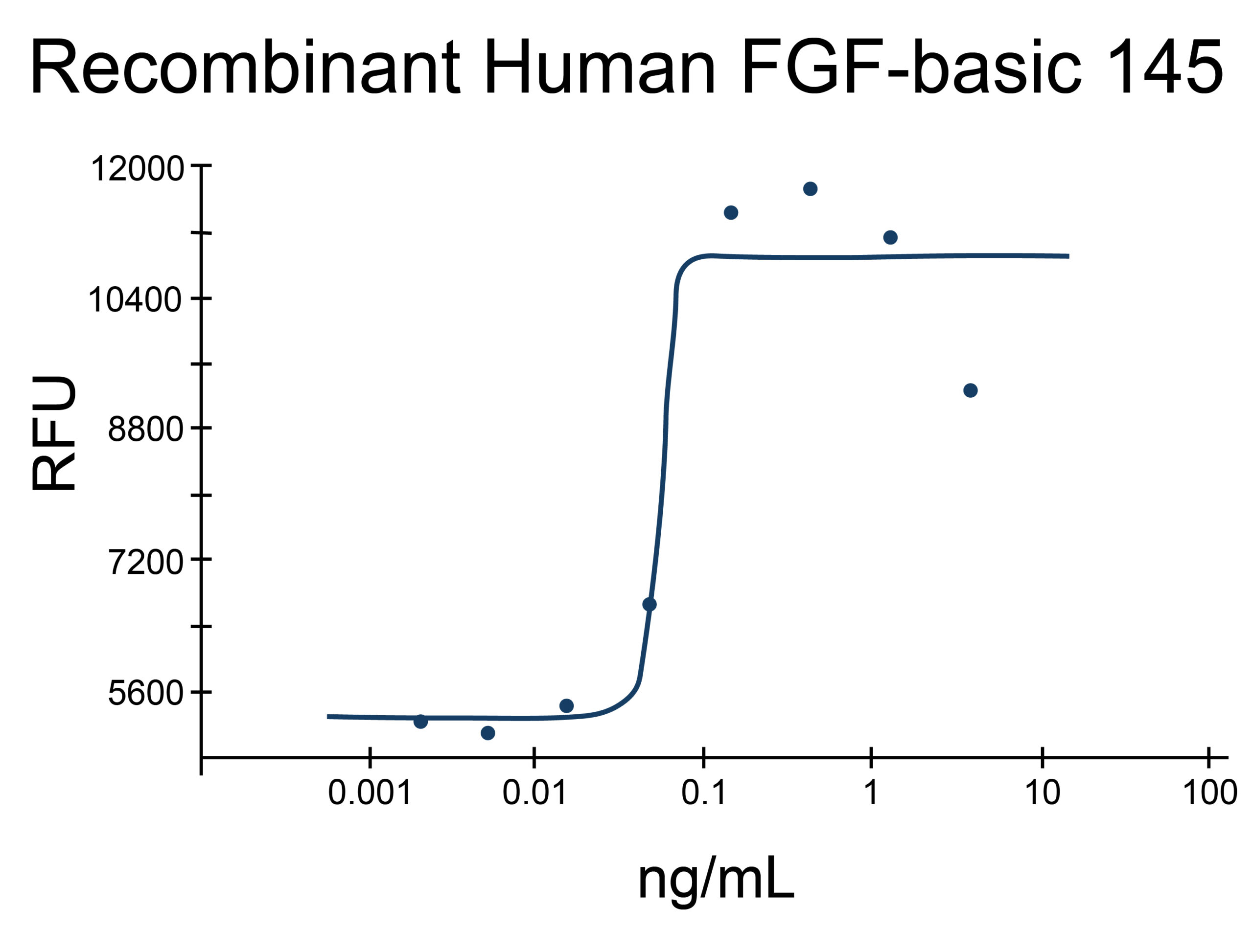
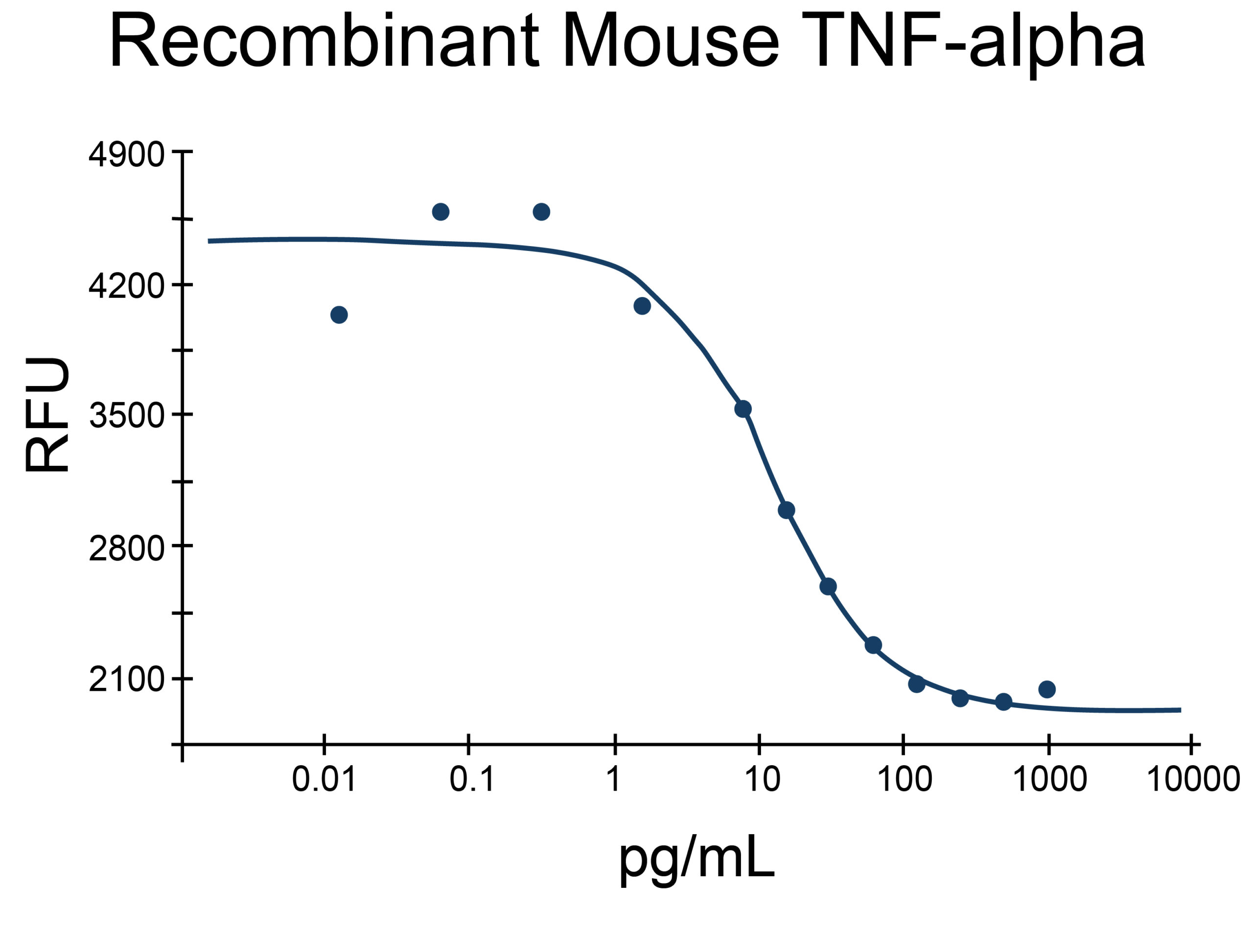
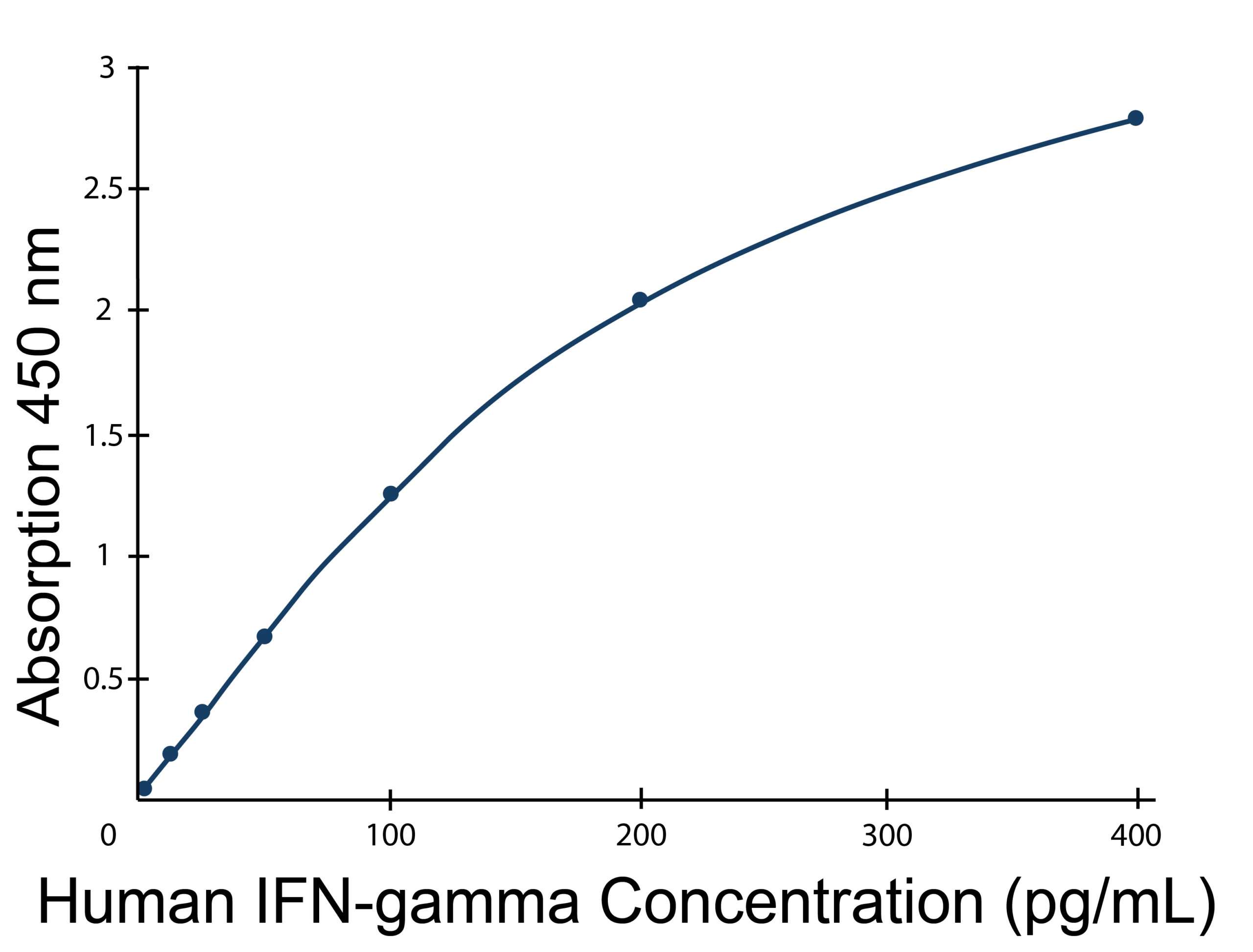
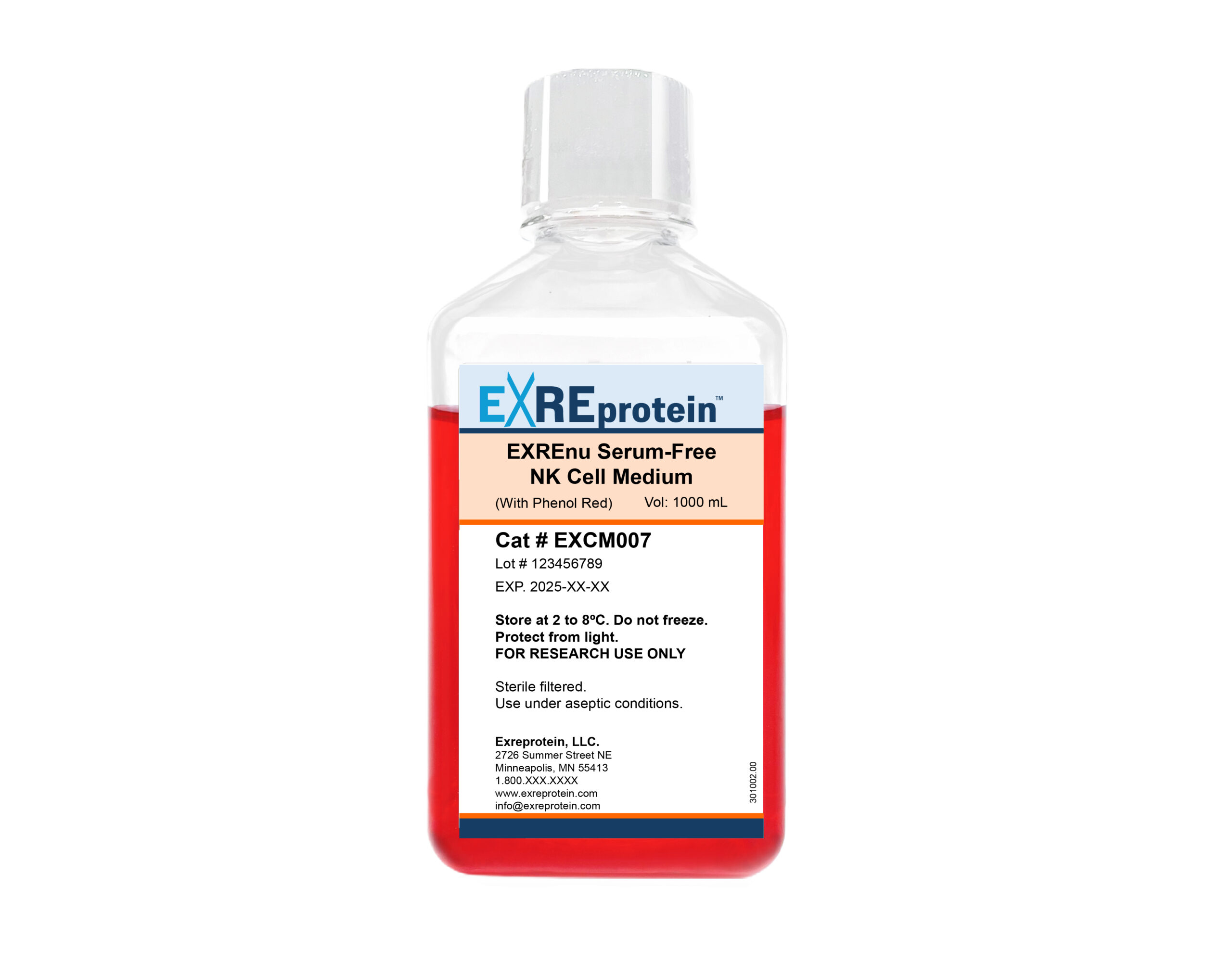
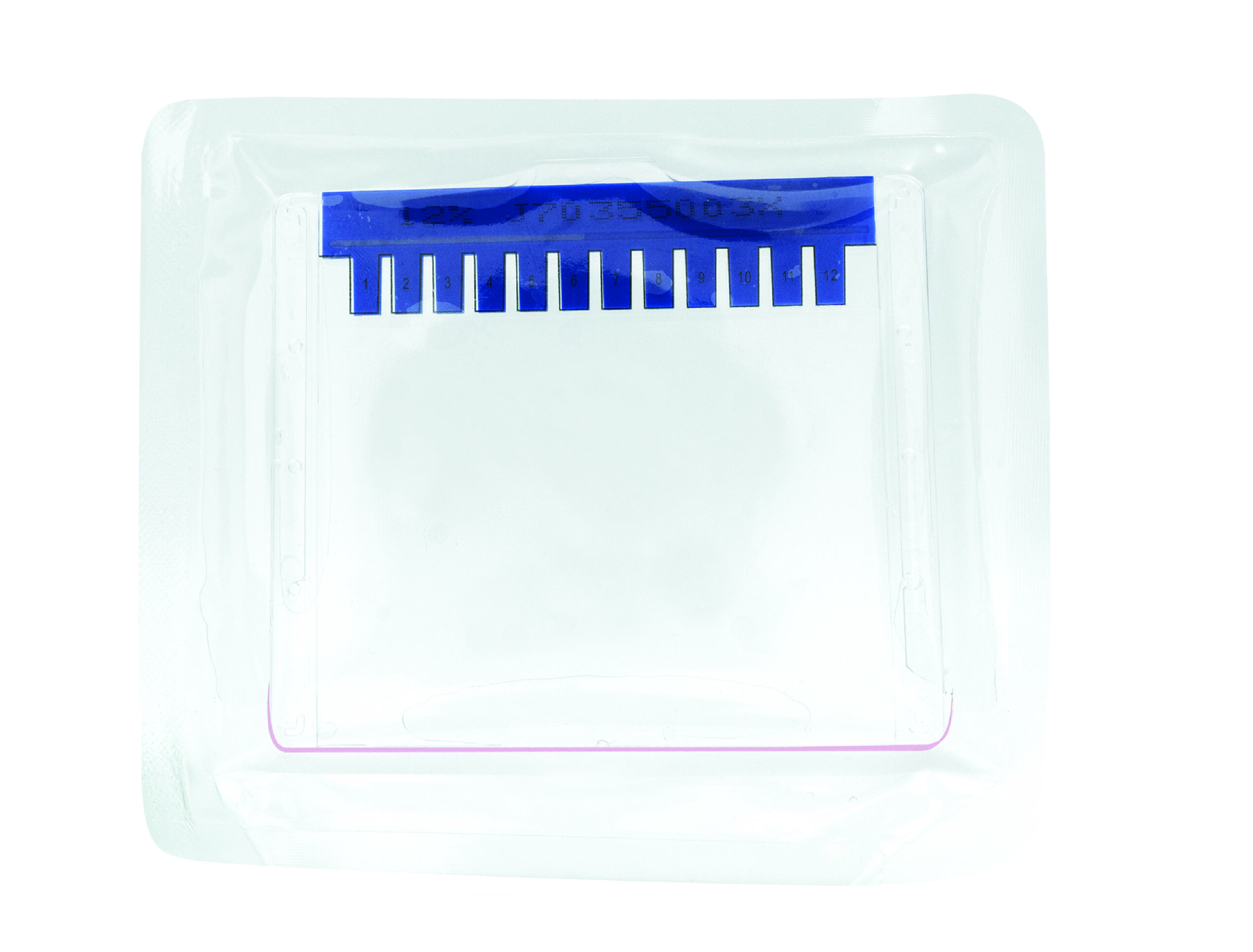
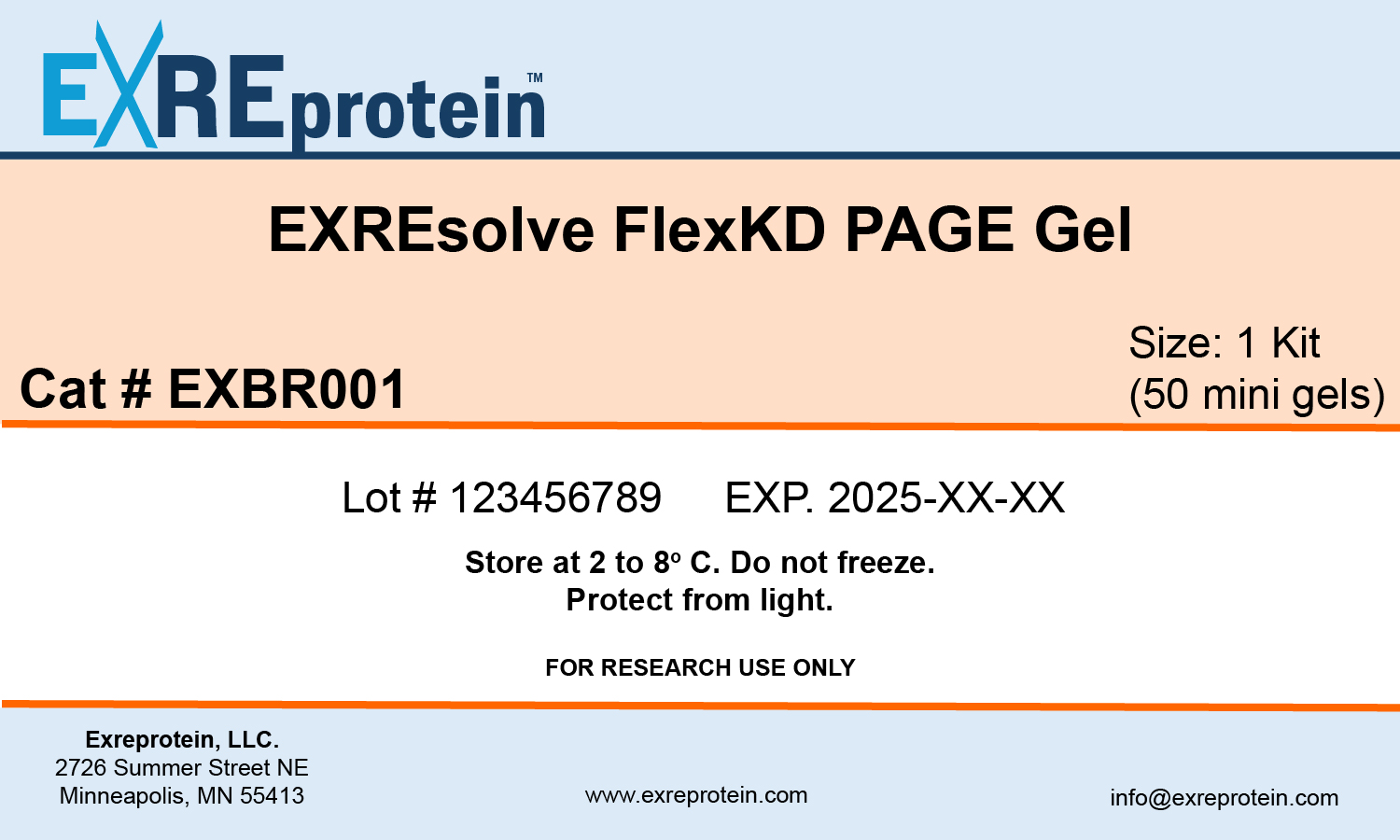
Reviews
There are no reviews yet.